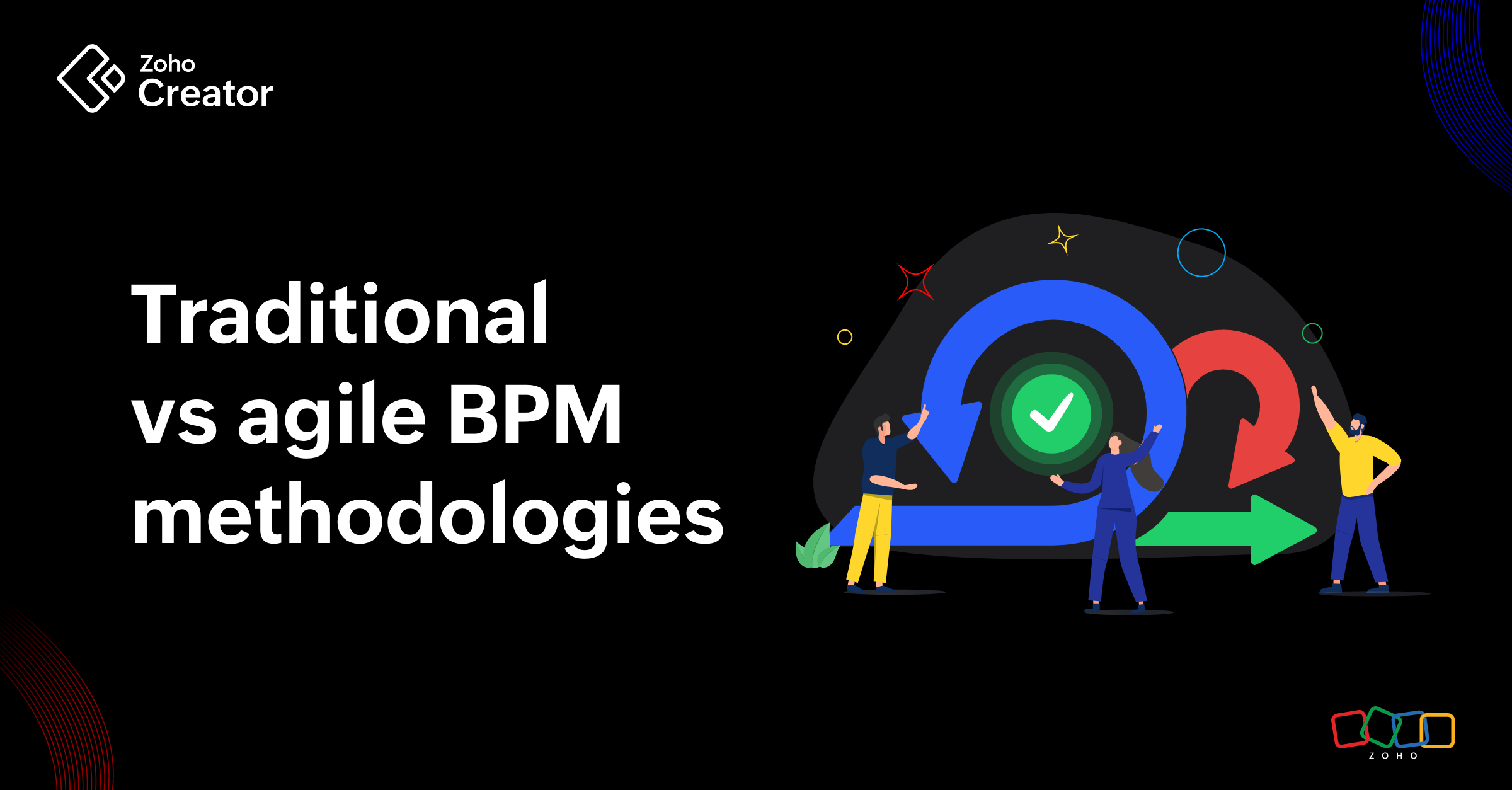- HOME
- Know Your Tech
- Top 7 essential features to look for in BPM software
Top 7 essential features to look for in BPM software
- Last Updated : September 17, 2024
- 16 Views
- 4 Min Read
We all know that business process management (BPM) is about improving how your business operates, helping you automate and manage workflows to improve efficiency.
Effective business processes are crucial to enterprise success, and BPM software enables organizations to predict the resources needed, identify weak links and bottlenecks, and improve processes.
Crucial to this process are the admins who have specialized knowledge in process management, the ability to maintain the system, and technical skills in system integration and security. They're responsible for configuring the software, managing user roles and permissions, ensuring data security, and generating insightful reports that guide decision-making.
Being the backbone of BPM initiatives, they also ensure:
Processes are aligned with business goals
Workflow management
The organization can respond swiftly to changes in the market or regulatory environment
Essential features for admins
Any business process management software you select should have these features for your admins:

1. Process design and optimization
One of the primary responsibilities of a BPM admin is designing and optimizing business processes. This involves mapping out workflows, identifying inefficiencies, and making improvements to enhance process performance.
BPM software is built to include bpm tools for visual process modeling, which allows admins to create detailed process maps that outline each step, decision point, and even stakeholder involved.
For example, in a retail store, the process of restocking inventory might involve several steps, from checking stock levels to placing orders with suppliers. An admin can use process design tools to map out this workflow, which will identify any barriers that cause delays in restocking, like a slow approval process for orders.
2. User and role management
Whatever software it is, maintaining the security and integrity of the associated data is critical. Admins are responsible for configuring user roles and permissions, ensuring that each user has the appropriate level of access based on their responsibilities. This includes regularly reviewing and updating user roles, monitoring access logs for suspicious activity, and conducting security audits to identify and address vulnerabilities.
For instance, store managers at each location need access to sales data, but at the same time, they shouldn't be able to see or modify financial reports for the entire company. By using role-based access controls, admins can assign permissions based on these roles, ensuring that each store manager can only access the data relevant to their store.
3. Data management and reporting
As data management involves collecting, storing, and analyzing data related to business processes, it's another crucial aspect of BPM administration.
Admins need to set up data collection mechanisms within the business process management system, ensuring that relevant data points are captured at each stage of the process. This data will then be used to track key performance indicators (KPIs) and generate reports that will provide insights into identifying bottlenecks, measuring process efficiency, and tracking progress toward your business goals.
Admins can even create custom reports within the BPM system that highlight areas for improvement.
4. System integration and automation
Integrating BPM software with other business systems is essential for creating a seamless flow of information across your organization. Admins must know how to configure integrations with systems like ERPs (enterprise resource planning), CRMs (customer relationship management), and other enterprise applications. This ensures that data is synchronized across platforms, which reduces duplication and improves data accuracy.
Another key feature that helps admins with task management and enhances process efficiency is business process automation. BPM software often includes automation capabilities, which allow your admins to automate tasks like data entry, approvals, and notifications.
Connecting BPM software with a CRM system, for example, allows customer purchase histories to be automatically updated whenever a transaction occurs.
5. Monitoring and analysis
Now that everything is automated and set, you need to continuously monitor and analyze your business processes. This is essential for identifying areas for improvement and ensuring that processes are performing as expected.
Real-time monitoring, which is included in business process management tools, allows admins to track process metrics and identify deviations from norms. This also involves setting up dashboards and alerts that provide visibility into process performance and highlight potential issues.
By conducting regular process audits and analyzing data, admins are able to identify trends and patterns that may indicate underlying problems. By proactively monitoring processes, your admins can address issues before they escalate and ensure that processes remain aligned with your business goals.
6. Compliance and risk management
Ensuring compliance with industry regulations and managing risks are critical responsibilities for BPM admins. This involves implementing processes and controls that comply with regulatory requirements, such as data protection laws and industry standards. Admins must stay up-to-date with regulatory changes and ensure that processes are adjusted accordingly.
Risk management, being another key aspect of compliance, requires admins to identify potential risks within processes and implement mitigation strategies. This includes conducting risk assessments, developing contingency plans, and regularly reviewing processes. Admins protect their organizations from legal and financial repercussions by prioritizing compliance and risk management.
7. Customization and scalability
BPM software must be customized to meet the unique needs of your organization. Admins are responsible for configuring the software to align with your business processes, ensuring that it supports the organization’s goals and objectives. This involves customizing workflows, forms, and reports to match the specific requirements of each process.
As your organization grows, scalability also becomes a necessity. Admins need to ensure that BPM software can scale to accommodate increased process complexity, higher transaction volumes, and additional users of the business process management tool.
Keeping your BPM running smoothly
Admins play a huge role in BPM systems, as they ensure that processes are optimized, secure, and aligned with your business goals—their expertise in process design, user management, data analysis, system integration, and compliance is essential. Investing in the development and support of skilled BPM admins is a strategic move that can deliver significant returns in terms of process improvement, reduced costs, and enhanced customer satisfaction—and low-code platforms like Zoho Creator can help you simplify the job.
 Ann Elizabeth Sam
Ann Elizabeth SamHey! I'm Ann, and I work as a content writer at Zoho Creator. I'm exploring the SaaS world through various forms of content creation. Outside of work, I love dancing and would give up anything to read a good murder mystery.



